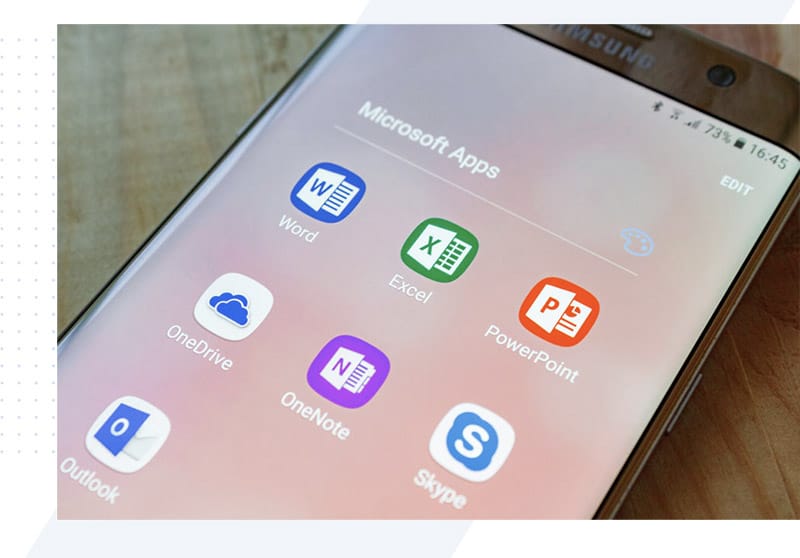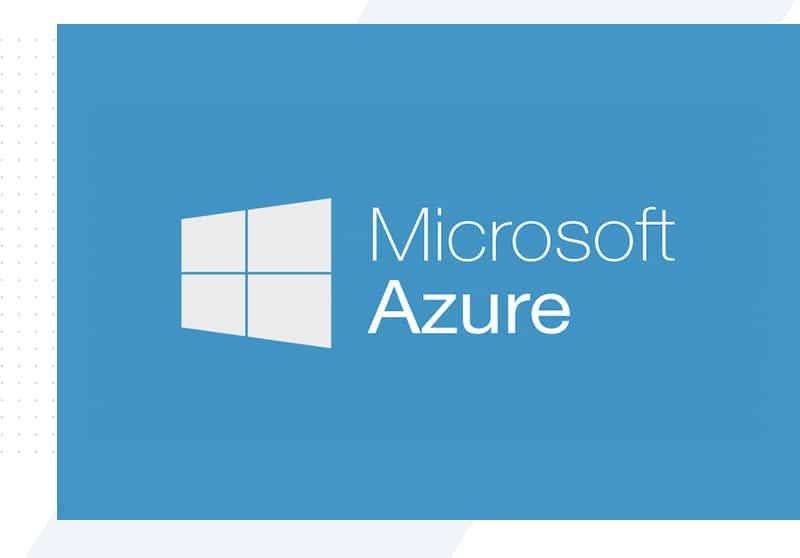Windows 11 Hardware Requirements: Is Your Device Compatible?

The Basics: Minimum Hardware Requirements
To run Windows 11, your device needs to meet these minimum specifications:
– A processor running at 1 GHz or faster with two or more cores (64-bit or certain Qualcomm Snapdragon systems).
– 4 GB of RAM or more.
– 64 GB or larger internal storage.
The Key Security Features
Beyond these basic requirements, Microsoft has introduced two mandatory security features:
1. Secure Boot: This controls which operating systems can be active on your device, helping to block malware. However, it might also restrict the installation of secondary operating systems.
2. TPM 2.0 (Trusted Platform Module): This secure crypto-processor, mandatory on Windows devices since 2016, adds a layer of protection against cyberattacks. However, it can also restrict the kinds of software you run.
Without these security settings, installing Windows 11 becomes significantly harder.
How to Check Compatibility
Microsoft plans to re-release its PC Health Checker App, which can tell you if your device meets Windows 11’s requirements. If not, it will provide reasons and potential workarounds.
Why the Stricter Requirements?
Microsoft’s stricter hardware demands are aimed at improving both performance and security. Testing showed that devices not meeting the requirements experienced more freezes and crashes, including the infamous blue screen of death, compared to compliant devices.
What If Your Device Isn’t Compatible?
If your hardware doesn’t make the cut, here are some options:
1. Use a Workaround: Older devices may still install Windows 11 manually through methods like the Windows Insider Program or Microsoft’s Media Creation Tool. However, these installations won’t be officially supported, meaning no security updates or patches—a significant risk for business users.
2. Stick with Windows 10: Microsoft will continue supporting Windows 10 with updates and patches until October 2025. This provides a secure and stable option for those not ready to upgrade.
What to Expect Next
Windows 11 will begin rolling out as a free update on October 5th, starting with newer devices. Microsoft plans to complete upgrades for eligible devices by mid-2022. Keep an eye out for updates, as more compatibility news is expected soon.
Final Thought
The transition to Windows 11 is all about balancing security and performance. If your device isn’t ready, you can stick with Windows 10 for now while exploring options for a future upgrade. And remember, keeping your system updated—regardless of the version—is the most important step for maintaining security.
If you’d like help planning a migration to Windows 11 please get in touch.


















